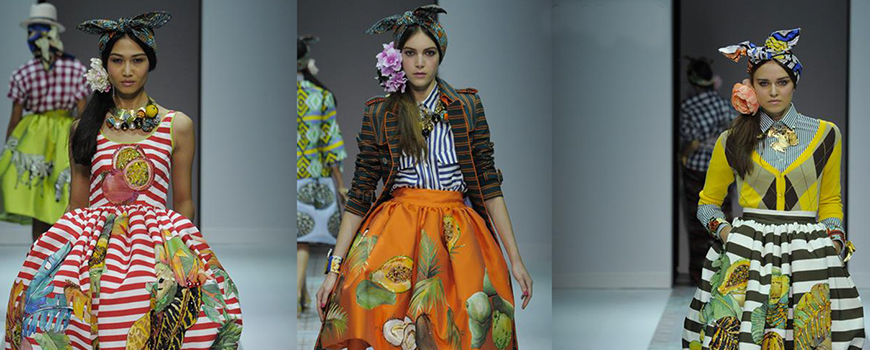Here is a food for thought for you— what is common between Tony Burch, Givenchy, Stella McCartney, Burberry Prosum, AnnaSui, Junya Wantanbe, Woolrich Woolen Mills, and recently L.A.M.B in the recent years? Storm your brains, stress them a little! Any guesses? No answers?
Time up! Stop tickling your brains- here is the answer- African Prints!
According to an article “Fashion Reborn: Blends of African outfits from Ankara” by Fibre2fashion “Destiny of the ‘once before’ cheap Ankara fabrics, have undergone a magical transformation. Elegant creativity of the designers has made it a preferred choice of the rich and celebrities.”
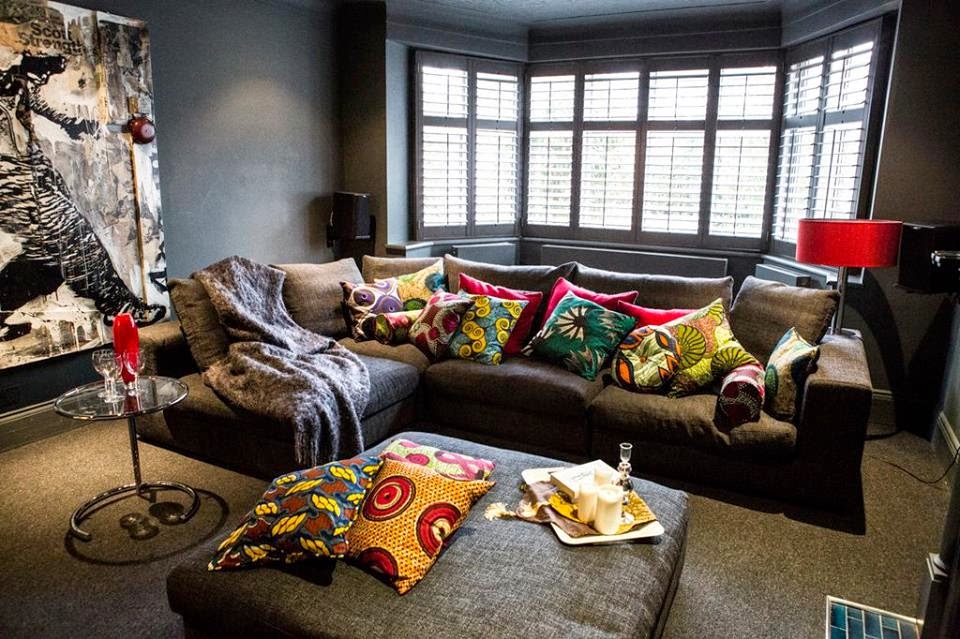
If you are a fashion freak, you would know that fashion inspired by African designs has been a rave in the fashion industry off late. The fad has earned a lot of accolades globally and is not a part of the mainstream fashion industry since 2010. Watch out, the runways of the top fashion shows today are sprawling with the designs inspired by Africa. People from across the length and breadth of the globe have made African elements a major part of their creations. With more and more designers inclining to induce this design and more and more celebrities shifting their fashion statement to the popularity of the African print, the overall industry in Africa is having a run of its life. Print fabrics like Ankara, Kente and hints of themes based out of Africa are creating sensations across the fashion industry and you can’t be left behind in making a change in your wardrobe.
If you turn the pages of history, you would see that African print has been used to cover ottomans and chairs. Then came Woolrich Woolen Mills who made short sleeved button ups. Agnes B took it to new highs by making summer suits out of the African prints. Gwen Stefani & L.A.M.B made the smallest minis out of them; and Burberry made prim dresses and separates out of them. H&M and Mari collection also joined the tide- the tide of African print.
Wait! What is an African Print? What is so African about it? If you dig in, you would find that the roots of the African Prints are in Europe, Holland to be precise! Surprising? Indeed yes, but that’s true!
A Short History
Let’s take a stroll back to history to understand the origination of the African designs better. When the Europeans started infiltrating Africa, they started venturing out for opportunities to settle themselves in Africa. One such area which caught their attention was the fashion and designs inspired in Africa. In the meantime, batik- a print technique had already made way to Indonesia, which was a Dutch colony. In Indonesia, the batik technique was improvised upon by the locals and it evolved using wax resisting dying where wax was applied to a cloth, and then dyed to create a rhythm. The elaborated pattern of this clothing went on to become the face of the African print. These patterns are bold and elaborated; and with the intricate designing and handcrafting, it has become the mainstream of the African print.
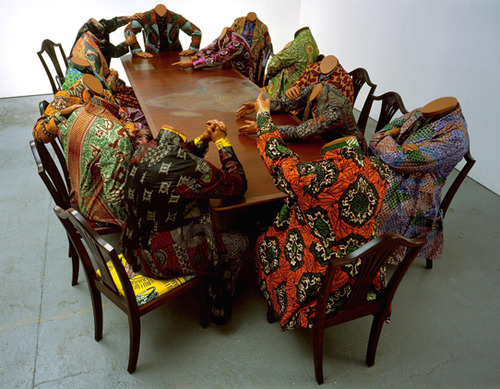
The African men in Indonesia, who were a part of the Dutch colonial Dutch army, then brought these fabrics and brought them home and that opened the floodgates of the trend to step in to Africa. It ignited the taste of West Africa for handcrafted designs from Indonesia.
When the Dutch tried getting this business opportunity to the mainstream, they were countered with the problem of machines not being able to produce the quality of fabric people wanted! The fabric that these machines produced had cracks in the prints and the dye often seeped into the fabric. As a result, the market in Indonesia fell because the Indonesians declined to but the faulty fabric. With that, the Dutch was hunting for a new market; which they eventually found in West Africa. The imperfection in the fabric became the heart-throb of millions and that’s how African print was born!
African Print Today
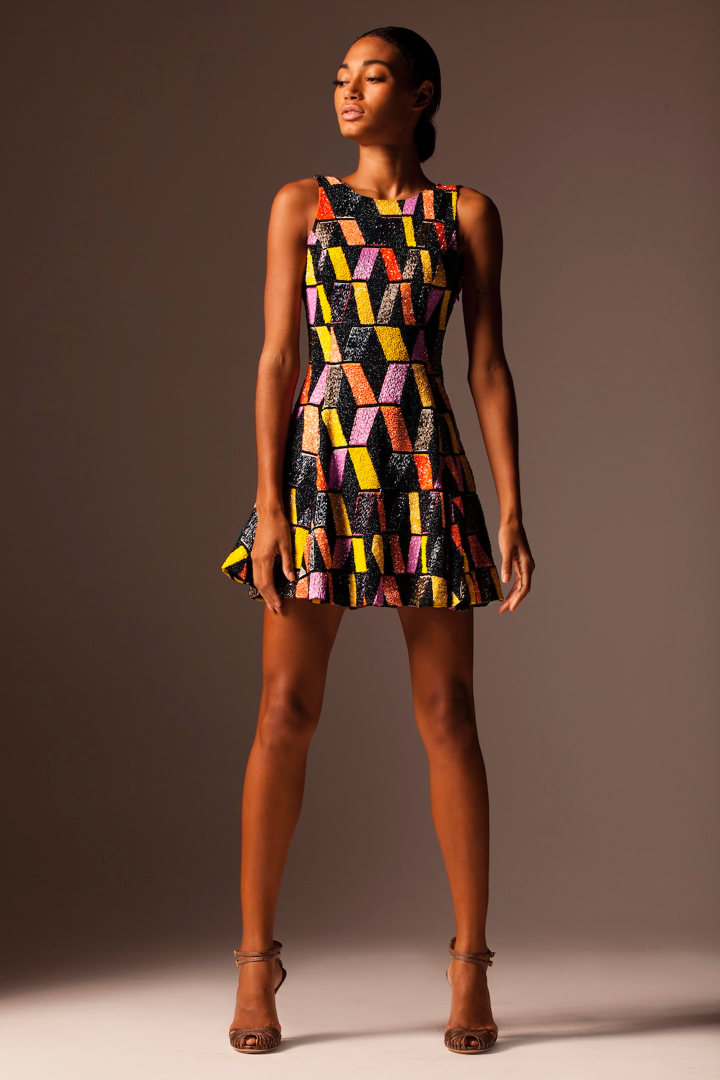
It was around 2010-2011, that the exposure of African designs left an intense mark in the minds of fashion trendsetters internationally. Fashion designers played a very important role in the augmentation of African prints in the market. Kofi Ansah, Joyce Ababio, Abba Folawiyo, Olujimi King set the way forward and newbies like Deola Sagoe, Aisha Obuobi (Christie Brown) , Ozwald Boateng, Duro Olowu and Lisa Folawiyo took the entire concept to new heights. The newer designers gave the much needed thrust by their creative designs. The industry as a whole has walked a long way; to an extent that Duro Oluwo’s impeccable designs have even made a place in the heart of the first lady of the US, Michelle Obama.
What Is It?
The fabric- African wax print is produced industrially and is basically colorful cotton clothes sporting batik print. One key feature in this material is the fact that there is no difference between the front and back as far as the intensity of color is concerned. Depending on the process undertaken to manufacture the material, there is normally a difference in quality. They are mostly worn by the younger generations because the vibrant color adds a different aura to their personalities. These are often worn in geometric shapes and are worn during festivals and celebrations. They normally carry a message with the kind of prints they sport. For example, women wear a print where a bird is flying out of a cage; that sends across a message to their counterparts of course. It has become a way of nonverbal communication, a mode of expression amongst the women in Africa. The fabric may be named on cities, personalities, building, occasions, etc. Amongst all the African print textiles, Kente is known to be the most sought after and most renowned of all cloths. It is known as the mascot of African heritage around the world & is known for its bold designs, bright colors, multi-colour patterns and amazing shapes.
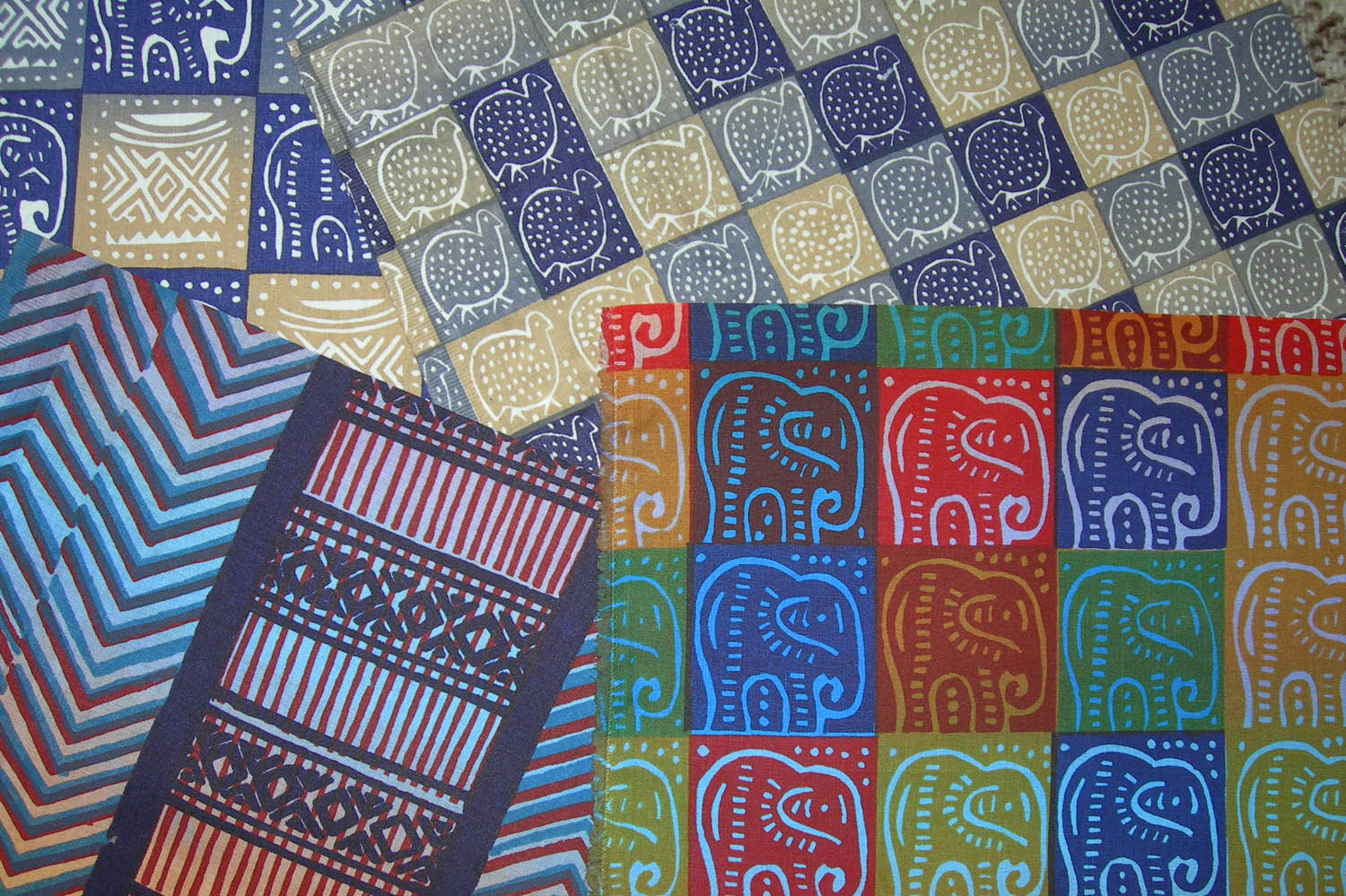
The African print is all about rich and vibrant colors, with a wide array of designs- mostly tribal which depicts the rich culture of the continent, mainly the western side. Today, with the popularity of the fashion, it is being used for all purposes- right from brides’ and bridesmaids’ dresses, to ball gowns, casuals and other formal wears. It has also made a huge impact in fashion shows, big ticket celebrity events, etc. the younger generation has acquainted well with the pattern; to them, it’s about creating an impact, impression and not to forget a style statement. It has given a turn, become a rage in the fashion industry, bringing the tribal trend to the forefront. With time, more fashionable and modernized styles are being made out of the African print fabric and that is what is leading the way for the pattern to become more practical and fashionable in day to day celebrations. With that, if one is a fashion conscious, his or her wardrobe can never be complete without some outfits of the African print.
According to the famous Style Salvage, “The collection is rooted in these African fabrics. I wanted to take them away from their traditional use, the wraparound dresses and headpieces, and their links to social status. I wanted to make them more accessible but still keep the traditional influences.”
You don’t have one yet? Well in that case, you need to get one for yourself as soon as possible; after all African print is fun in itself, its modern and artistic, it’s creative, it’s addictive, it’s elegant and more than anything it is gorgeous!

